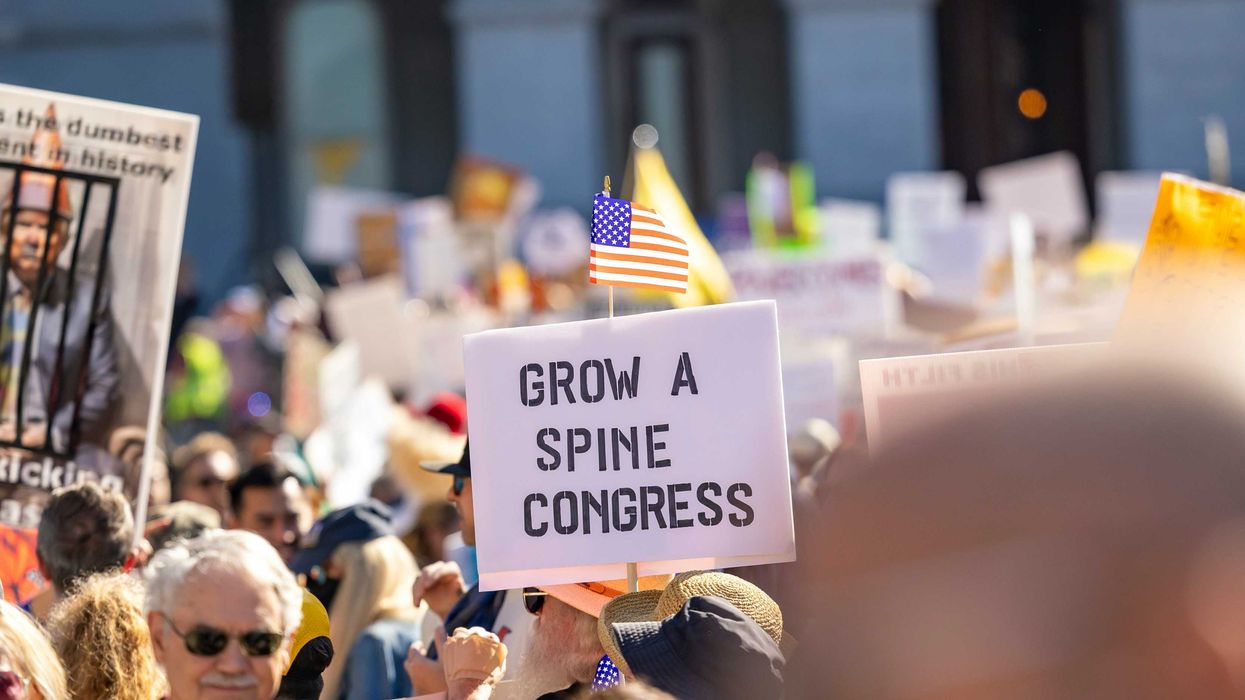Molineaux is president/CEO of the Bridge Alliance Education Fund, and Nevins is its co-founder and board chairman. They are co-publishers of The Fulcrum.
The last few years have been especially hard on our families. Most of us, in one way or another, have suffered loss — of faith, of friends, of family members. And these moments of loss are especially poignant during the holidays. While Hollywood has lifted our expectations of happy family gatherings, few of us experience the Hollywood version.
The holidays are normally frantic and stress-filled as we feel pressure to be more accommodating and offer more grace to family and friends. We need grace ourselves. We have extra obligations and extra worries, and many of us face the stress of travel.
And through it all we want to uphold our family traditions and recreate the way they used to be. But we are conflicted because the way it was is not the way it is today. Instead, we should let go. Let go of our expectations of each other, of recreating a happy past. Let's create a happy future by starting exactly where we are.
We are not the same people we were. Our families have changed. We've lost people and added others as we grow older and the next generation adds to the family tree. Some families have grown closer while others have grown apart. We are more strident in our tone with each other.
Many families feel the stress of economic change and uncertainty, of the pandemic, of divisive politics and the shifting culture. As the world seems to be changing at a faster and faster pace, many families in America are showing signs of stress. There is fear of splintering because of hurt feelings, harsh judgements and unyielding self-righteousness.
We offer this as prayer for us all.
Let us take a holiday from our troubles and just be family. For a few days this year, let us look for the best in each other. Let us love unconditionally because of our shared humanity. Let us be vulnerable and fragile as humans doing the best we can, during this extraordinary time of change. Amen.
We offer these thoughtful pointers for families from Living Room Conversations:
- Ask thoughtful questions, inspired by whatever honest curiosity you feel.
- Try to understand, not convince or persuade.
- Share personal stories and experiences, not data points.
- Use humor, if possible. Be willing to laugh at yourself when and where appropriate. Humor can lighten the mood and make the conversation enjoyable.
- Use first-person language. Own your feelings and express them as "I felt ______ (feeling) when you ______ (describe specific behavior and when it occurred)." For example, "I felt frustrated when you said I was unrealistic this morning."
- Explore and reflect rather than disagree directly. For example, starting sentences with "I am wondering ..." can be very productive if it is sincere.
The winter season in the northern hemisphere is filled with bright celebrations during short, dark days. The light in our loved one's eyes is especially needed this year — that bright and welcoming gaze. Let's welcome each other home for this holiday season.



















